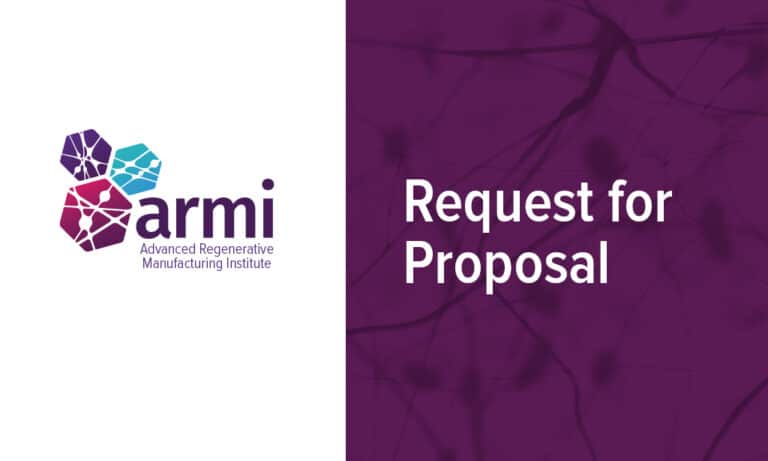FOURTH IN A SERIES
BY DR. RICHARD MCFARLAND
CHIEF REGULATORY OFFICER, ARMI | BIOFABUSA
The RACER Blueprint is comprised of Five key factors, in addition to manufacturing, that are essential to a good idea making it from an academic achievement to part of a clinician’s armamentarium. They are as important as the scientific and engineering foundations of a TEMP (or other advanced therapy) with respect to full commercialization.
- Realistic Clinical Targets
- Accessible Capital
- Conducive Regulatory Strategy
- Expanding the Available Workforce
- Rational Reimbursement Environment
This blog post takes a deeper dive into the C of RACER – Conducive Regulatory Strategy
I have often heard at gatherings of the tissue engineering community statements similar to, “every TEMP is going to be a medical device”, “the only way to go forward with a TEMP is to get into the market early with a 510(k)”. In my opinion, the first statement is untrue, and the second is only sometimes true.
What these comments, admittedly presented without much context, point to is the long-held belief in the community that all TEMPs are medical devices. There are understandable reasons for this worldview to exist including the regulation of the first generation of cultured skin products by FDA as devices and the perception that any medical implant is a medical device. Unfortunately, this history and worldview has contributed to slow advances in the field due to the need to minimize or ignore the biological activities of truly regenerative TEMPs.
Fortunately, global regulators have decided within the last decade to be more inclusive of the complicated scientific activities inherent in the next generation of TEMPS. They have recognized, to various degrees, that it is essential to consider how each specific product fits within these regulatory pathways from the initial stages of product development. These considerations must occur with interactions with those knowledgeable about the many approaches to regulation to find an approach that is both conducive to the technical/clinical specifications of the product and the regulatory expectations for each specific product.





